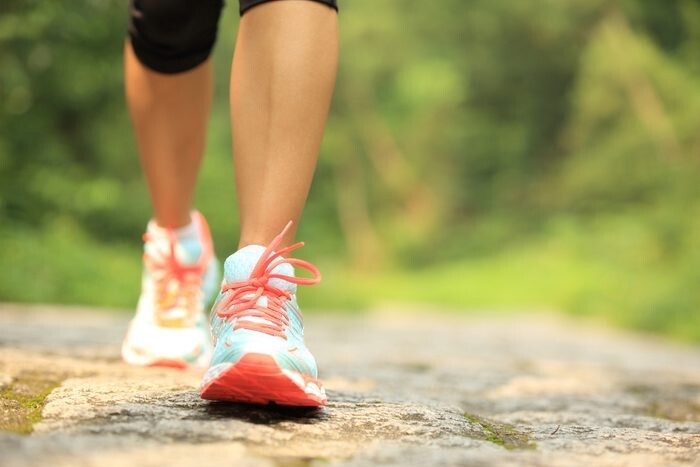Orthotics, Foot Types, Shoe Types - Are You In The Right Shoe?

DO YOU NEED ORTHOTICS?
Do you have recurrent pain in your feet, ankle, lower legs or knees? It likely started from being on your feet too long for an activity, maybe the runner who increases their mileage too quickly, or perhaps, being in the wrong shoe, to name a few reasons. Some of the most common leg & foot injuries are plantar fasciitis, shin splints, posterior tibialis tendonitis and achilles tendonitis. However, a common reason for your pain is your foot may be hitting the ground in an improper position. Not having a more neutral alignment of your foot and ankle can contribute to the frequency and intensity of these injuries. Wearing the right shoe and/or having an orthotic can improve the alignment of your foot and ankle, thereby improving the alignment of your joints above.
What are Orthotics?
Orthotics are replacement insoles that go in your shoe to support your arch. They are built up more specifically than the shoe’s original insole in order to help your foot be closer to a neutral position. They do this by providing more support to a certain area in the device, and thereby, for your foot. When your foot/ankle is in better alignment this will prevent excessive stresses on your joints, ligaments, tendons and muscles. There are two kinds of orthotics: Custom Orthotics and Over-The-Counter (OTC) Orthotics.
OTC Orthotics are pre-made and generic. The right and left devices are made the same: the same shell and postings. Posting is how much the orthotic if built up on specific areas of the device to get your foot close to neutral when standing. OTC orthotics are usually posted conservatively, which is great for some people. You can find them at stores or online, most at reasonable prices. For those folks that need more posting because their feet are significantly out of alignment or extreme arches (very flat or very high), may need more posting and orthotic specificity with custom orthotics.
Custom Orthotics are like the name. They are made specifically to the measurements to each of your feet. The type of shell, shell modifications, heel cup depth and posting can be made to accommodate your foot needs and the activities you do. In addition, the padding and cover material can also be chosen based on your activities. Custom orthotics cost more than OTC orthotics as they are being fabricated specifically to your feet by a clinician specializing in custom orthotics.
WHAT TYPE OF FOOT DO YOU HAVE?
There are 3 types of foot positions.
Over-Pronators - the foot rolls inward too much. These feet do better with an orthotic built up the inside of the device at the forefoot, and sometimes the rearfoot (heel), to decrease your foot from rolling inward.
Supinators – the foot rolls outward too much. These feet need the neutral arch orthotics which will support your higher arch and may even have support on the outer edge of the orthotic to prevent you from rolling outward.
Neutral Arches - the foot is mostly aligned. There is not too much rolling of the foot outward or inward. These feet do not need correction most times, but mostly need arch support and cushion.
WHAT TYPE OF SHOE IS BEST FOR YOU?
Being in the right shoe can may align your foot and ankle close to neutral and prevent you from requiring an orthotic. There are 3 types of shoes.
Neutral shoes: Best for those with more neutral arches- not rolling too much inward, but also better for supinators, as there are not many, if any, shoes laterally posted for supinating feet.
Stability shoes: Best for those who moderately over-pronate with mostly flat feet.
Motion-controlled shoes: Best for those who excessively over-pronate with full flat feet
Getting in to the right orthotic and sneaker is not an exact science due to many differences with feet. Sometimes it’s trial and error with the orthotic and the type of sneaker to find the best fit for you. Sometimes they don’t work as expected, but most times can provide great support and relief, which will allow you to get back into the activities you love. To find the best help for your feet, consider a visit with a physical therapist, or other provider, specializing in foot & ankle alignment and orthotics.


